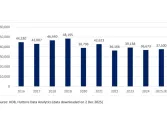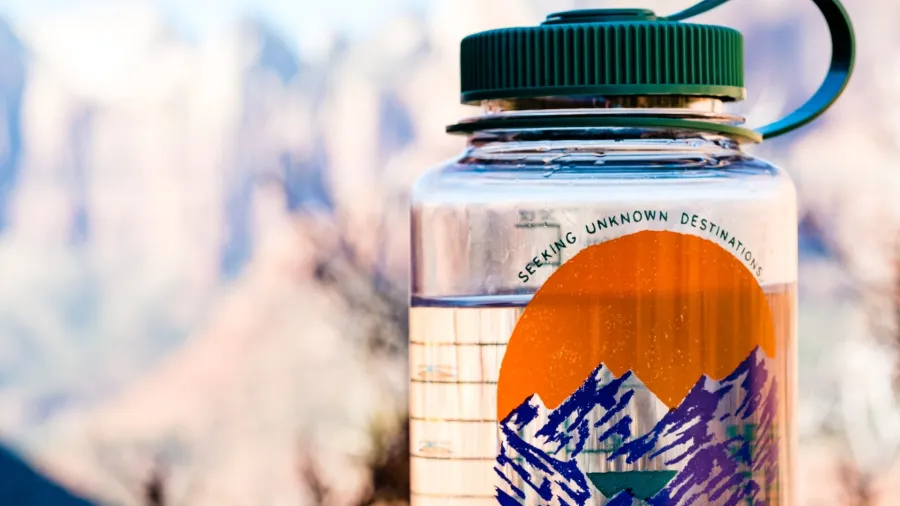
Non-alcoholic beverages gain $83m from sports sponsorships
Rugby is the most lucrative market with $14.88m in revenue.
Non-alcoholic beverage brands have incurred $83.1m in revenue from sports sponsorships in APAC for 2023, data from GlobalData showed.
A total 179 non-alcoholic beverages within the region have signed up sports sponsorships, with the rugby league becoming the most profitable market with $14.88m revenue and accounting for 17.9% annually. Australian football is the second with $11.55m revenue yearly.
With sponsorships serving to spread awareness and exposure for different sports around the region, brands are also able to leverage their presence and seize the glowing market in sports.
“As rugby league and Australian football are the most popular sports within the APAC region, it makes sense for non-alcoholic beverage brands to invest in these sports to take advantage of the regional exposure it brings, especially for localised brands,” Joe Pacinella, sport analyst of GlobalData, stated.
Currently, the National Rugby League has signed a deal with the beverage brand Asahi, the largest single APAC deal within the market, more than FIBA’s $5m annual deal with China-based energy drink brand T Power. Asahi Lifestyle Beverages is the largest spender within APAc, with $15.97m in annual expenses and 22 deals, most in Australia.
Amongst the largest spenders are two US-based brands, one each from Australia, China and The Netherlands. However, APAC-based brands had spent $47.12m yearly in the sector, exceeding half the total for non-alcoholic beverages.
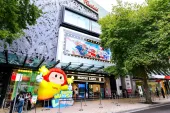


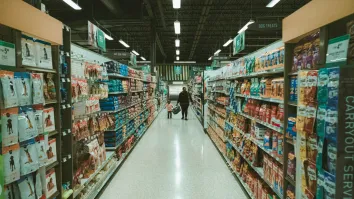
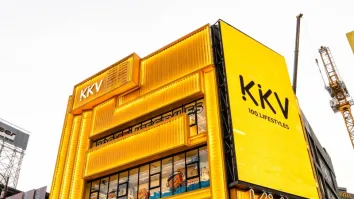





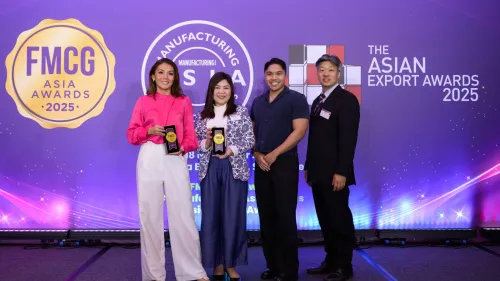
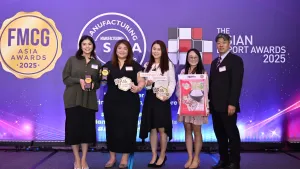
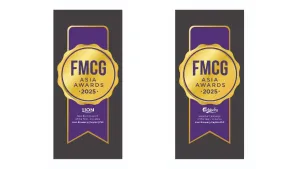






 Advertise
Advertise
